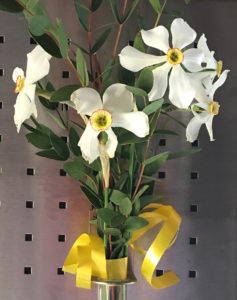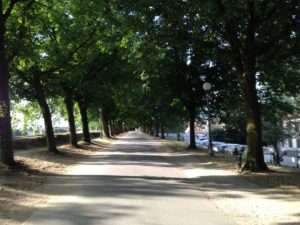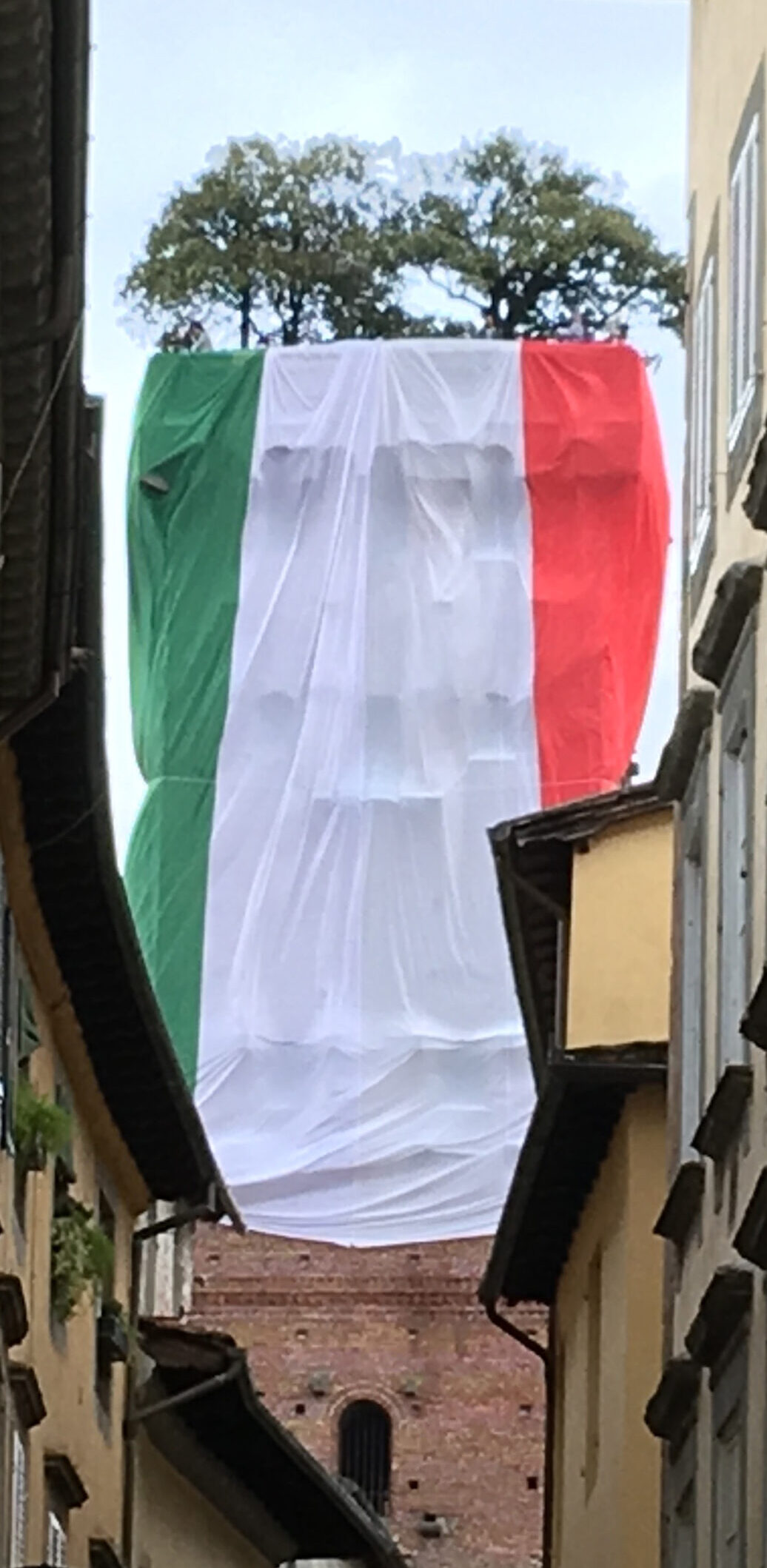
— and so do I —
Viva la Repubblica!
JUNE 2, 2020 ~ ITALIAN REPUBLIC DAY
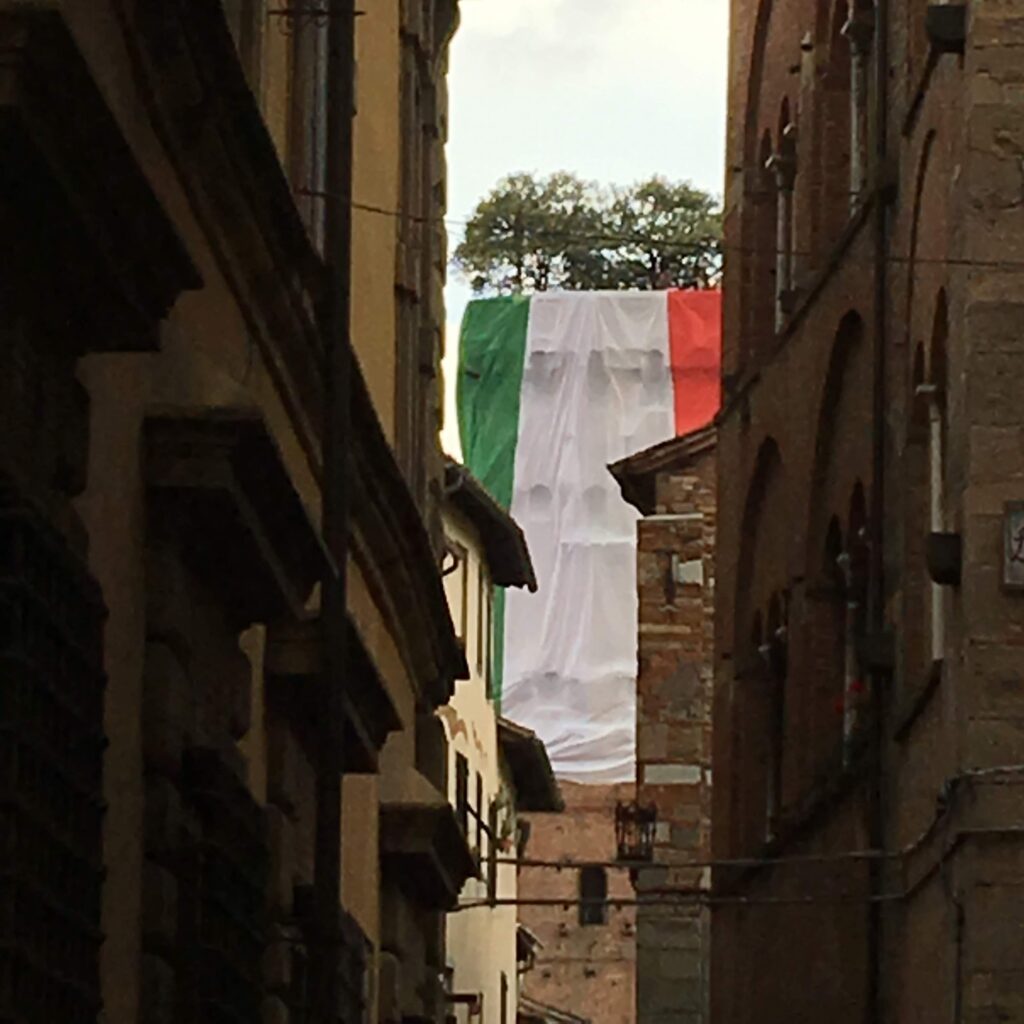
June 2 is the Festa della Repubblica, the Italian National Republic Day, one of the most important symbols of Italian national pride.
Italy has only been a constitutional Republic for 74 years: Italians voted for it in 1946, ousting the King of Italy, whose dynasty had ruled the country for 85 years and which had collaborated with the Fascist regime. In many ways, they voted for what the original founders of the country – in particular General Giovanni Mazzini – had dreamt of: a nation free of tyrants of all kinds.
The Festa della Repubblica celebration has special significance this year as Italians celebrate their ability to fend for themselves and to work together to defeat COVID-19. On June 3rd, in fact, virtually all business will be back to work and the borders will be open to all countries who welcome Italian travelers.

My great-grandfather Giovanni Bedini, born in Gattaiola in 1853, was the ultimate supporter of an Italian Republic. He always wore a Repubblican cravat – a soft silk bow just like the one worn by Mazzini who led the fight for the unification of Italy. Nonno Cecco, as my grandfather nicknamed him, was tall. So tall and fearless that at age 18 Nonno Cecco climbed the bell tower of his parish church in Gattaiola to plant an Italian flag on top! Looking at the tower today, it is hard to imagine how he got up there without falling because the footholds are few and far between – but he did it, and for his effort he was blacklisted by the Church. (The Church didn’t approve of the Unification since the Pope was a temporal ruler of Rome and much of the territory around it, while also allied with the Bourbon Kingdom of the Two Sicilies.)
However, the first Italian government, fully formed as a constitutional monarchy in 1871, did appreciate Nonno Cecco’s patriotism, and he became one of the country’s first Carabinieri, the national military police force. Nonno Cecco loved the assignment, although he would have preferred to become a Bersagliere – a special forces member – only he was an inch too short to qualify.
Nonno Cecco eventually settled down and married my great-grandmother, Nonna Caterina “Betta” Lovi with whom he ran a grocery store in via San Paolino near the Church of San Michele (where my parents were married) inside the walls of Lucca, in the same building where their children and my Mom were born and grew up.

Mazzini, who wrote a declaration in favor of the rights of women, would have approved of Nonna Betta’s spirit. Nonno Cecco tried hard to get Nonna Betta to open a fried food store because her apple fritters were so amazing. In fact, Nonna Betta’s prowess with apple fritters contributed to the legend that she must be Austrian or at least from Northern Italy. But she resisted any distractions, so she could devote herself to helping run the grocery business. When Nonna Betta’s only son, Gino, married my grandmother, Marianna, Nonna Betta handed over all cooking duties (and her wooden spoon) to her new daughter-in-law.
Nonna Betta also became famous for nursing the Bedini family back to health when everyone at the Casina Rossa (their little red house) in Gattaiola got the Spanish influenza. She spent many hours caring for them, and afterwards, uncharacteristically drank an entire bottle of Barolo wine when she got home as a “preemptive strike” against the pandemic – she always credited that wine with saving her from the influenza!
Nonna Betta was used to commuting up and down hills, as she grew up in Stabbiano, high above the Mediterranean and Lucca. The location was remote – her father had looked for a solitary place to live after retiring from his hotel inside the walls of Lucca. The local priest ran Stabbiano’s only school which admitted only boys. This didn’t stop Nonna Betta from sitting under the classroom window to learn how to read, however. Finally, she joyously ran to demonstrate what she had learned to her mother, who slapped her for defying the priest’s rules.
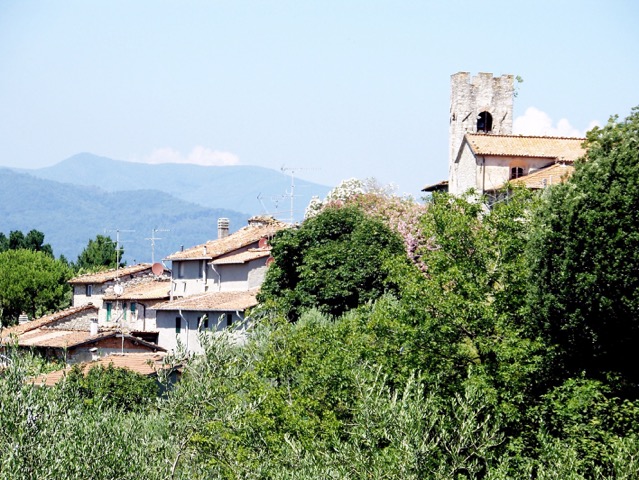
Not to be deterred from success, as a young woman Nonna Betta made ricotta from the sheep’s milk they had in abundance, and then she walked many kilometers down the hills early in the morning to sell it at the market inside the walls of Lucca.
At one point, to avoid the duty Lucca charged merchants entering the walls, she hid the ricotta under her apron, leading the customs officer to believe that she was pregnant. After a few months, though, she had to stop the ruse after the customs officer asked: “So when is this baby due anyway?”
During World War II, Nonna Betta saved and traded for flour so she could start a side business making tortellini, whose deliciousness made her famous. One of her close friends was a doctor, Carlo del Prete, who would later visit when she was ill from an inoperable tumor. He once surprised my Mom by bringing her a porcelain statue of a dancing damoiselle, and he loved to greet my uncle Carlo by remarking that he too once had a little boy named Carlo (who unfortunately died as a famous aviator: a WW1 war hero; the first person to fly to four continents; and the first person to land a foreign plane in the United States.)
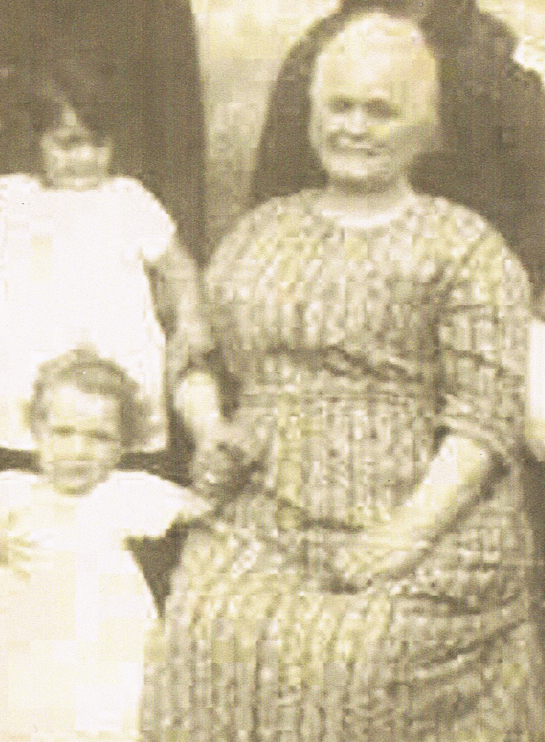
Nonna Betta and Nonno Cecco loved their grandchildren dearly. My Mom remembered walks around the beautiful walls of Lucca with her grandmother, whose self-determination and skill as a business woman set a great example for the girls in the family. Her grandfather was the kinder one in business, sometimes giving the scale a nudge so that a poor family might receive more bread than war time rationing allowed.
Later in his life, every morning Nonno Cecco would rise at 5am to open the door of his son’s Caffe` Savoia for the pastry chef. But rather than eat the superb pastries the baker produced for breakfast, he would settle for a caffe` corretto al rhum, with a twist of lemon. He wore a huge black cape and would sit by the fireplace stirring polenta, as needed. When it was cold and my Mom was little, he would take her under his cape and call her his “bambina del Signore” (little child of God), which made her feel special.
According to family lore, Nonno Cecco was also somewhat magical: standing with his outstretched hand near, but not touching, the stopped pendulum of their grandfather’s clock, he would chant “e pur, si muove…” (and yet it moves) until indeed the pendulum would slowly start to swing.
Nonno Cecco stayed at the house in Lucca with his son Gino, while the rest of the family fled to a house in the countryside, at la Cappella, to avoid the invading Nazi SS and the fighting in and around Lucca.
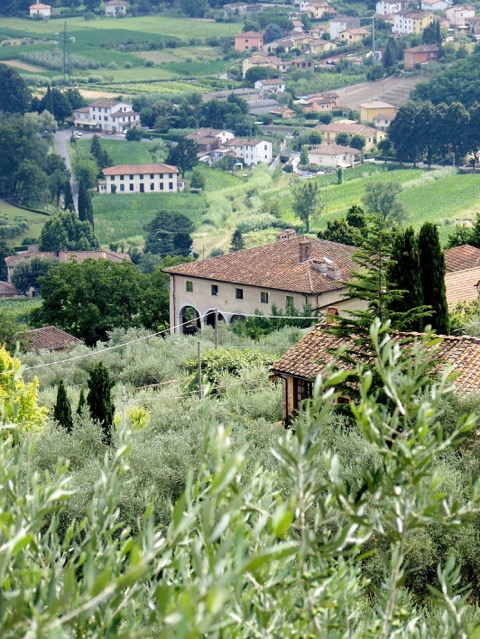
Nonno Cecco died in his sleep at age 93 to the sound of bombs dropping within earshot of Lucca, not living long enough to witness the Allied liberation of the city.
